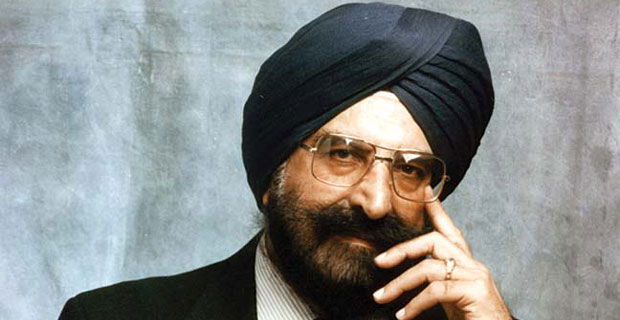Narinder Kapany left an indelible mark
NEW DELHI: He is considered the “Father of Fiber Optics”, one of the seven “Unsung Heroes of the 20th Century” for his Nobel Prize deserving breakthrough that spawned the Internet and is behind devices ranging from endoscopes to high-capacity telephone lines. Yet, the self-effacing Indian American Narinder Singh Kapany, born in the sleepy town of Moga in undivided Punjab devotes just two-and-a-half-pages in his 277-page memoir to this momentous achievement.
Instead, he focuses on his journey as an inventor-entrepreneur encompassing fibre optics communications, lasers, biomedical instrumentation, solar energy and pollution monitoring, registering in the process 120 patents.
Over the past 50 years, the Palo Alto, California-based Sikh Foundation that Kapany founded in 1967 pioneered the display of Sikh Arts at the Victoria and Albert Museum in London. It has worked tirelessly to promote and preserve Sikh art, heritage, education, culture, and religion by underwriting, mounting, and/or providing the art for numerous world-class Sikh art retrospectives, museum exhibitions and lecture series from London, to Toronto and the US, including New York City, Washington D.C. (at the Smithsonian for five years, Texas and California, where at San Francisco’s Asian Art Museum, Kapany donated the nation’s first permanent Sikh gallery.
All this is in addition to four Chairs that the Foundation has underwritten at the Universities of California Santa Cruz, Sana Barbara and Riverside and the California State University East Bay, as also its support for Punjabi language programmes at Columbia, Stanford and the University of California Berkeley.











Comments.